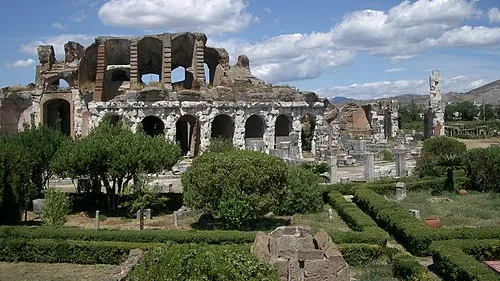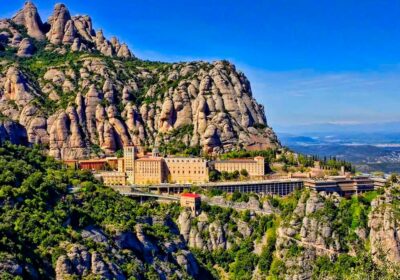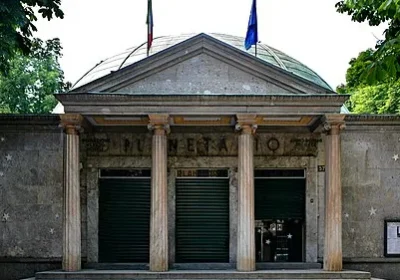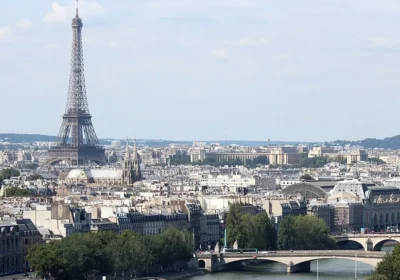Capua (Amphitheatre and Museum of Gladiators):
Capua – located 30 km from Naples according to information in ancient chronicles, was founded by Aeneas Capis. Ancient finds in the vicinity of the city prove the connection of the ancient settlement with the Etruscan culture of Villanova. There is a version that in 600 BC. Volturn (the ancient name of Capua) was the largest Campanian Etruscan centre, which stood at the head of a union of 12 cities surrounded by fertile fields.
The power of the Etruscans began to weaken after the invasion of the Cumae and Siracusa peoples in 474 BC. Subsequently, after Capua’s alliance with Rome, a wave of Samnite wars followed in the city’s territory. According to another version, the history of the city of Capua began in the V century AD. It is known that in the VI century. the territory was settled by the Lombards and in 841 the land was devastated by the Saracen invasion.
In 74 BC, slave gladiators rebelled in Capua – it was from here that the famous slave rebellion led by Spartacus began.
The Capua Amphitheatre is an outstanding monument of Roman architecture and is the model of the Roman Colosseum. The Amphitheatre’s dungeons are well-preserved – the auxiliary rooms located under the arena.
Near the Amphitheatre is the Museum of Gladiators, where you can see a reconstructed section of the Amphitheatre auditorium and the armour of gladiators.
A new, more fortified city on the site of the Roman settlement of Casilinum, was built by the Lombards and became known as Sicopolis. The city received its modern name in the 10th century, at which time it was called Capua and became the capital city of the Lombards. Towards the end of the 10th century the city was attacked by the Normans. After its capture, it was transformed into an important commercial and military centre with access to a major river port. From that time until today, the city has prospered and its economy has been booming.
In the 12th century, during the reign of Emperor Henry IV, defensive fortification walls were built and the entrance to the city was through the Capuan Gate. In 1501, the city was attacked, known in history as the “sacking of Capua” led by Caesar Borgia. During the invasion several thousand locals were killed. In 1815, during the war with Napoleon, Murat signed the surrender of the city and in 1860 the most famous battle of the XIX century took place on the territory of Capua, between the troops of the invaders and the soldiers of the army of Garibaldi.

















